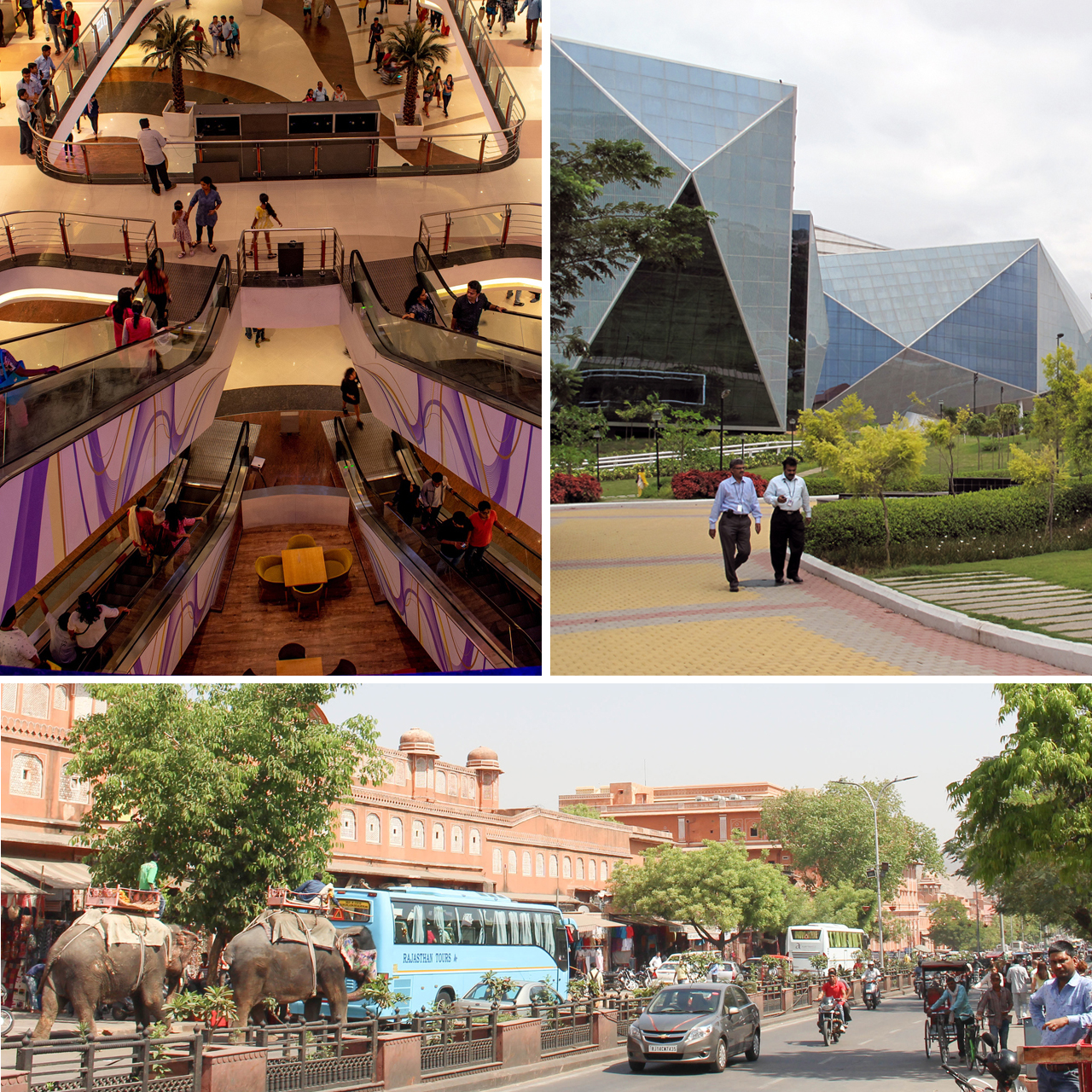Sponsors
This report would not have been possible without the generous support of its sponsors Infosys, GE Digital, J. Sagar Law, Tech Mahindra, Salesforce, Greenberg Traurig LLP, and WestBridge Capital.
Acknowledgments
This report was developed and written by Sean Randolph, Senior Director at the Bay Area Council Economic Institute, and Niels Erich, a consultant to the Institute.
The Institute is deeply grateful to the co-chairs of this project, Dr. Nandini Tandon of Tenacity, and William Ruh, CEO of Lendlease Digital, who provided extraordinary leadership and guidance to the project. It also wishes to thank Priya Tandon, special advisor for India to the Bay Area Council, who provided active support and liaison in India.
Image Credits
Header: North Block, Secretariat Building, New Delhi photo by Laurie Jones, ljonesimages on Flickr
Photo Mosaic clockwise from upper left: Vega Circle Mall, Siliguri, West Bengal photo by Boudhayan Bardhan on Unsplash; Infosys campus photo by Vasudev Bhandarkar on Flickr; Jaipur street scene photo by Eduardo M.C. on Flickr
